5 Red Mulberry Bareroot Seedlings 12-18” – Hardy Fruit Trees
Original price was: $42.99.$23.99Current price is: $23.99.
5 Red Mulberry Bareroot Seedlings 12-18”. These fast-growing trees thrive in USDA Zones 4-8. Perfect for landscaping, wildlife, and shade. Order your hardy mulberry trees today!
Out of stock
Estimated arrival
Dec 13
Dec 18 - Dec 20
Dec 23 - Dec 27
Reasonable Price
We offer reasonable price

Support 24/7
Contact us 24 hrs a day

100% Money Back
You've 30 days to Return

Payment Secure
100% secure payment
Add beauty and functionality to your landscape with 5 Red Mulberry Bareroot Seedlings (Morus rubra), measuring 12-18 inches each. These hardy, fast-growing trees are ideal for USDA Zones 4-8 and are well-suited for wildlife, shade, and fruit production. Red Mulberry trees produce delicious, nutrient-rich berries that attract birds and pollinators, making them a fantastic choice for nature lovers.
Known for their adaptability, these trees thrive in various soil conditions and prefer full sun to partial shade. As they mature, they reach 35-50 feet tall, providing excellent canopy coverage and enhancing your outdoor space. Whether you’re looking to establish a fruiting hedge, create a bird-friendly garden, or enhance your property’s aesthetics, these bareroot seedlings are the perfect choice.
Key Features and Benefits:
- Product Type: 5 Red Mulberry (Morus rubra) Bareroot Seedlings
- Size: 12-18 inches tall upon delivery
- Hardiness Zones: USDA Zones 4-8
- Growth Rate: Fast-growing; reaches 35-50 feet at maturity
- Uses: Ideal for wildlife, shade, fruit production, and landscaping
- Adaptability: Thrives in full sun to partial shade and various soil types
- Wildlife Attraction: Produces berries that feed birds and pollinators
Common Uses:
- Wildlife Garden: Attracts birds, pollinators, and beneficial insects
- Ornamental Landscaping: Enhances curb appeal with lush green foliage
- Fruit Production: Yields delicious, edible berries
- Shade Tree: Provides cooling shade in gardens and yards
- Erosion Control: Helps stabilize soil in naturalized areas
FAQs:
Q: How quickly do Red Mulberry trees grow? A: Red Mulberry trees have a fast growth rate, typically adding 2-3 feet per year under optimal conditions.
Q: When will my Red Mulberry trees produce fruit? A: Expect fruiting within 4-6 years after planting, depending on growth conditions and care.
Q: Do Red Mulberry trees require special care? A: These trees are low-maintenance but benefit from regular watering, full sun exposure, and occasional pruning for best growth.
Q: Are these trees self-pollinating? A: Yes, Red Mulberry trees are self-fertile and do not require additional trees for fruit production.
Q: Can these trees be grown in containers? A: While possible, Red Mulberry trees thrive best when planted in the ground, as they can grow quite large over time.
Be the first to review “5 Red Mulberry Bareroot Seedlings 12-18” – Hardy Fruit Trees”

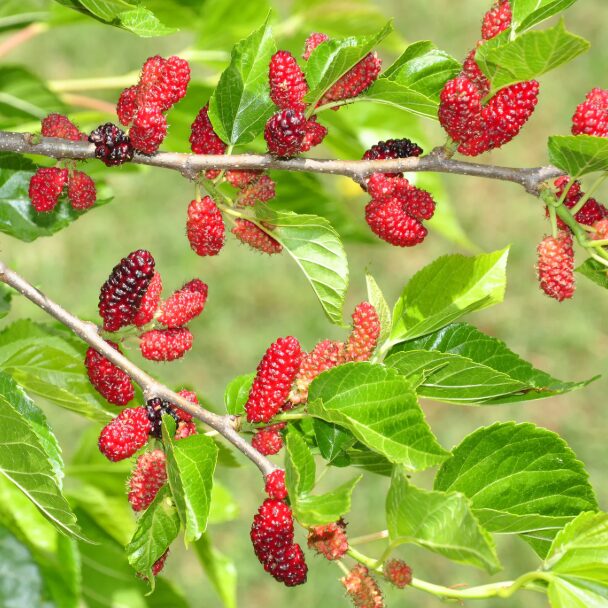
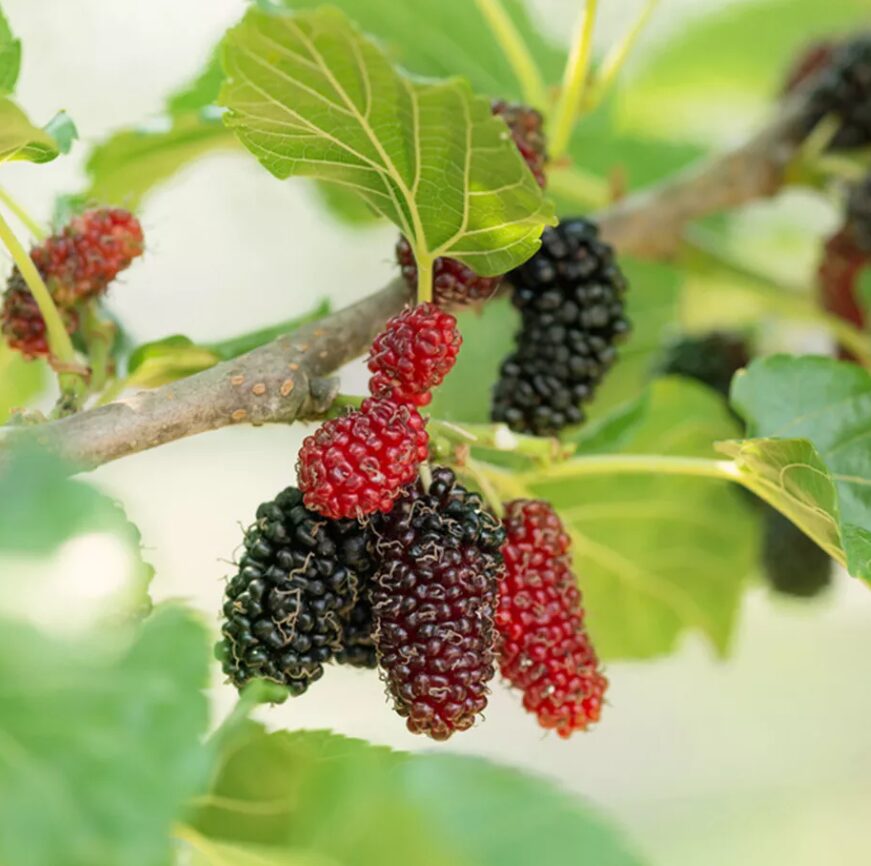
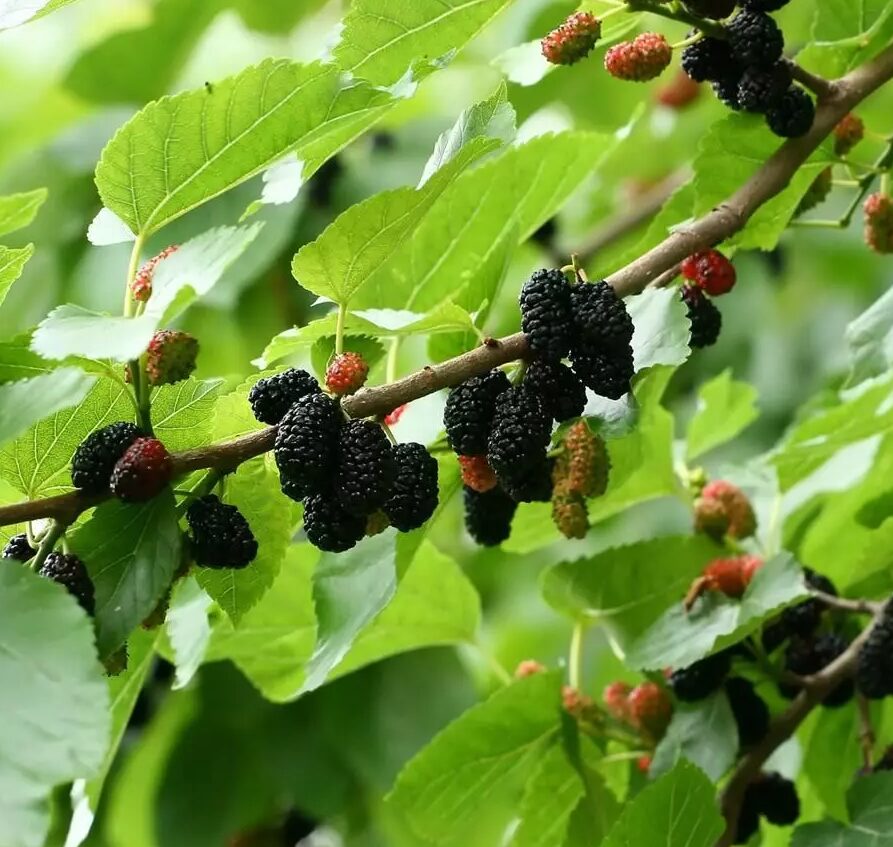
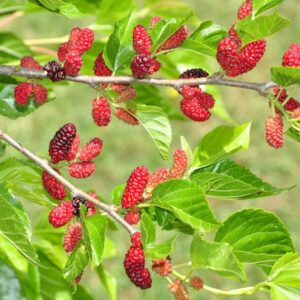
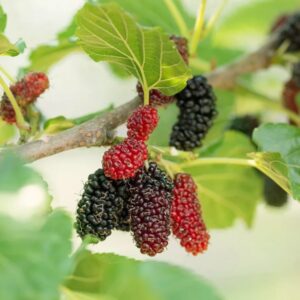
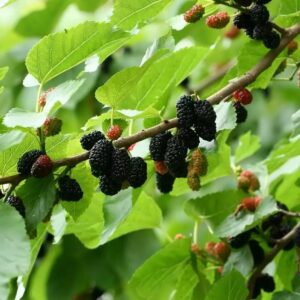

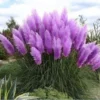
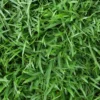

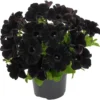
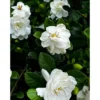
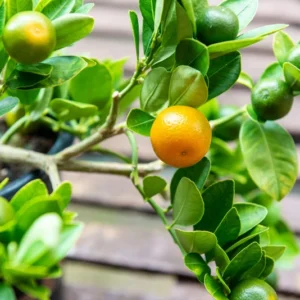
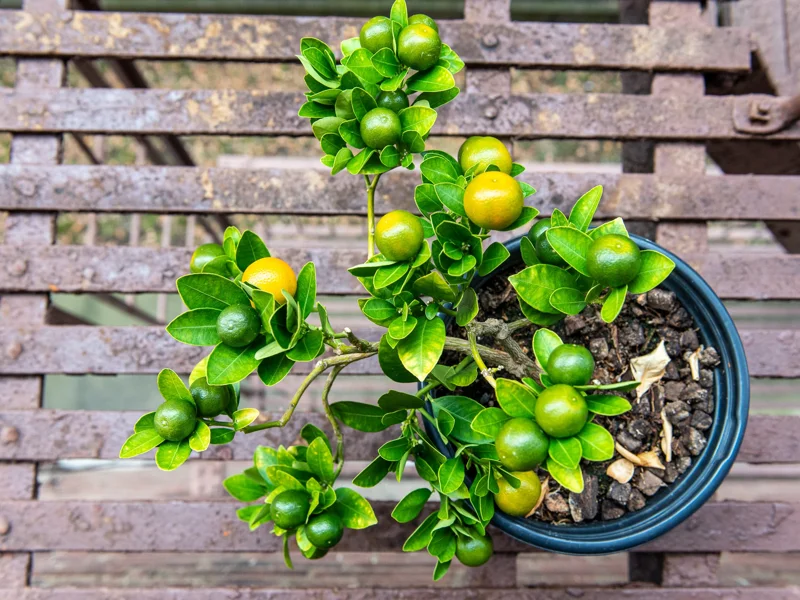
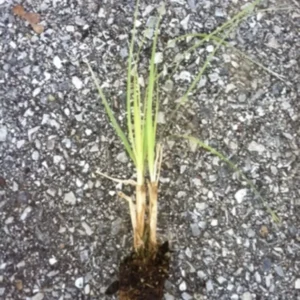
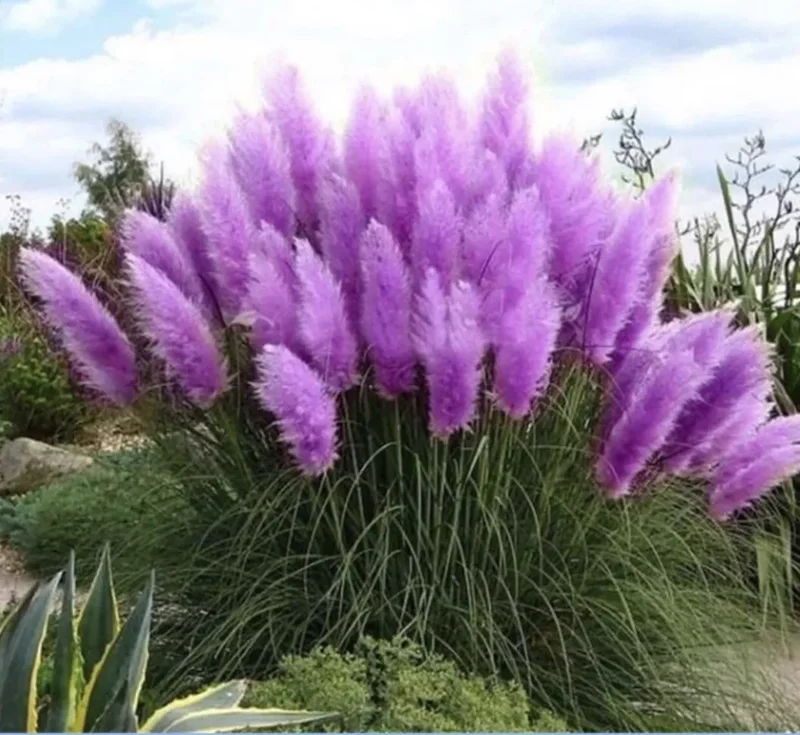
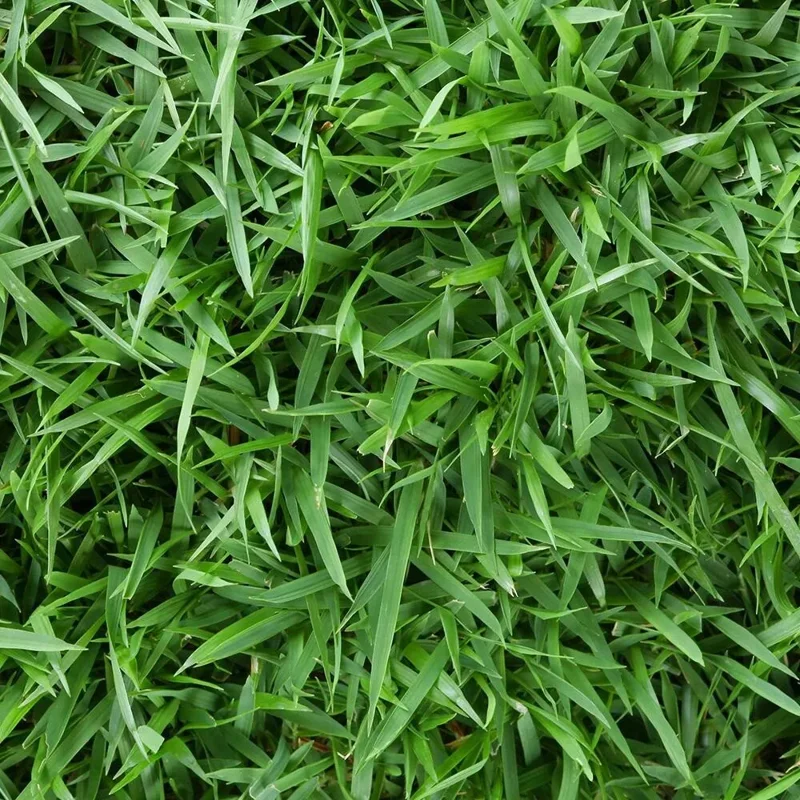
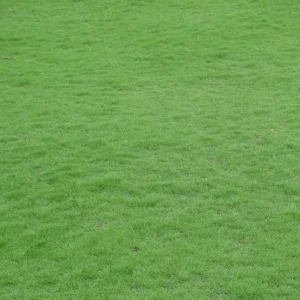
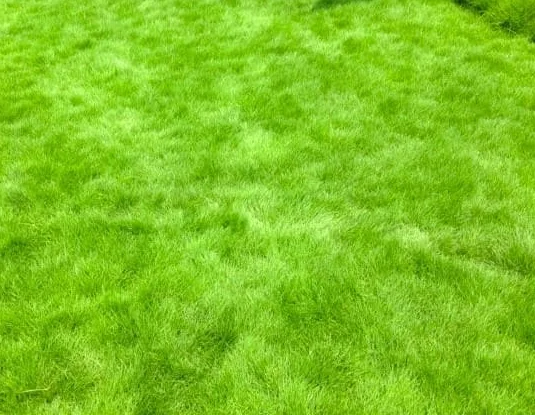

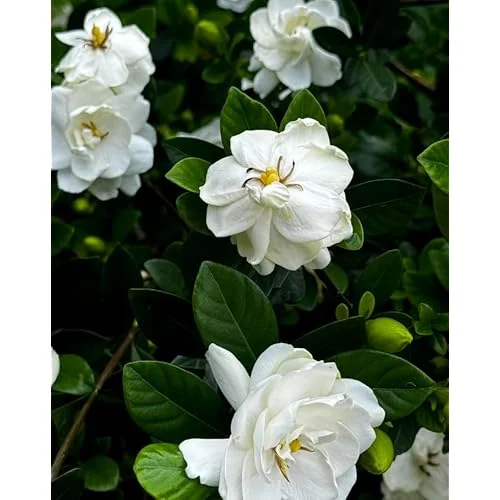
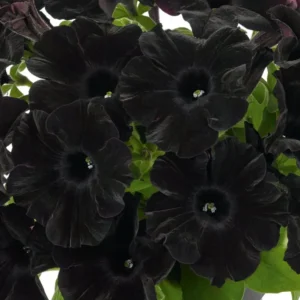
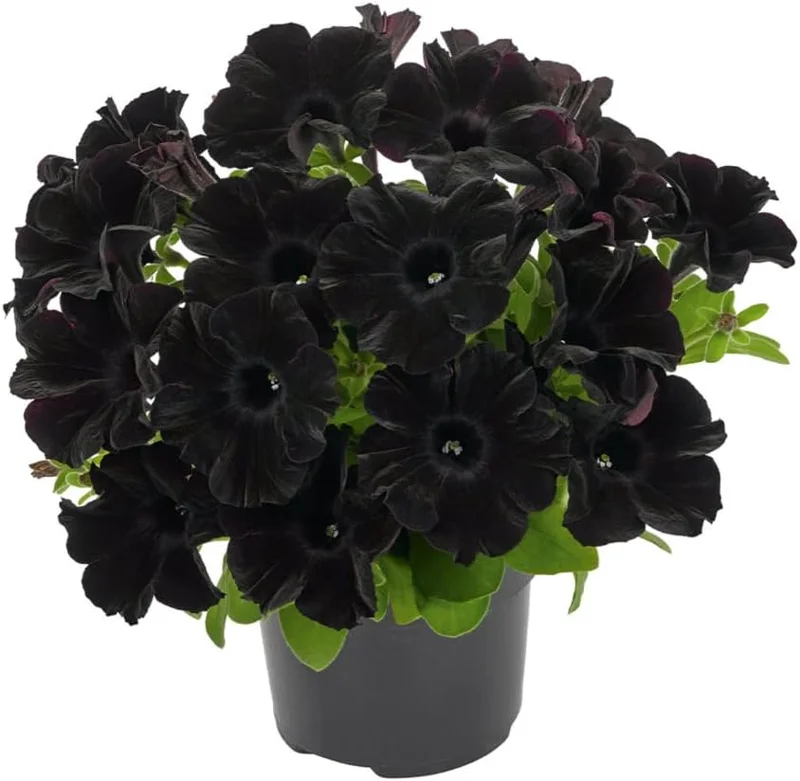
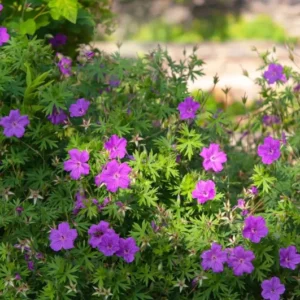
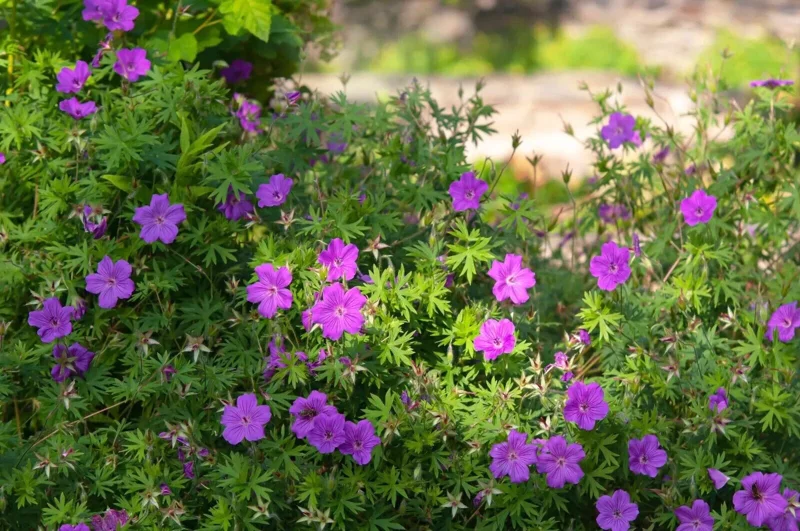
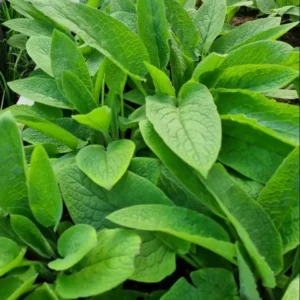
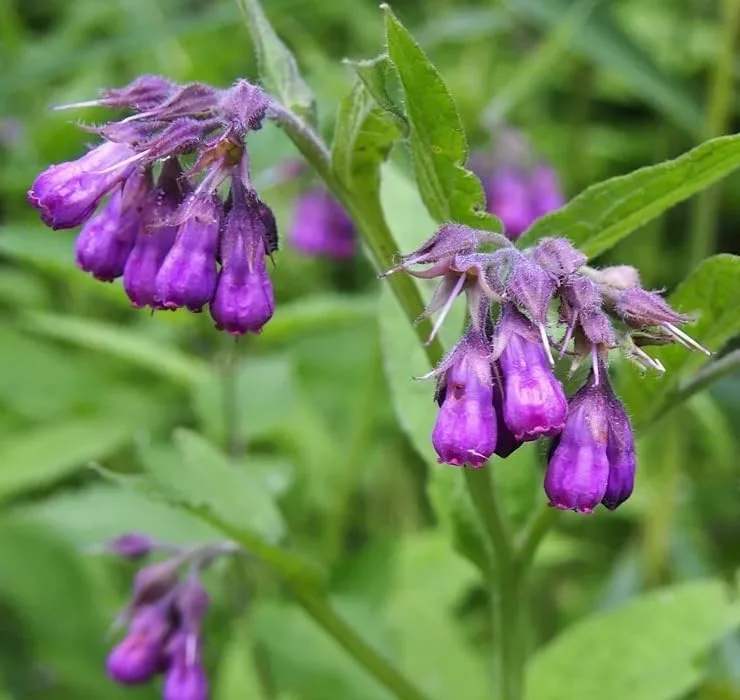
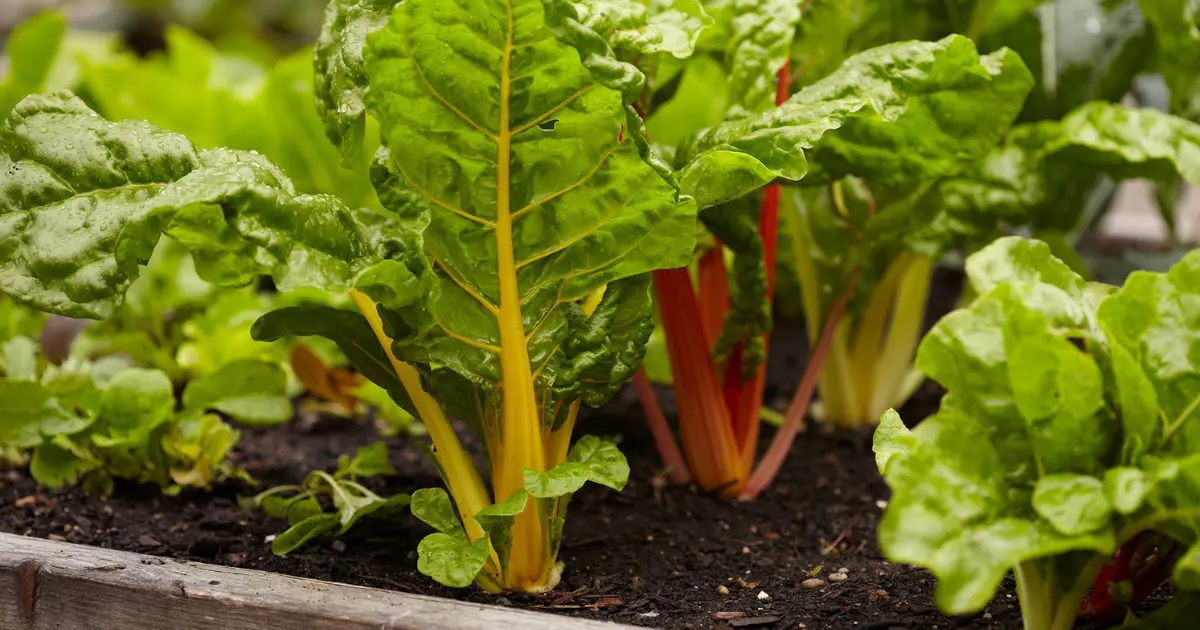
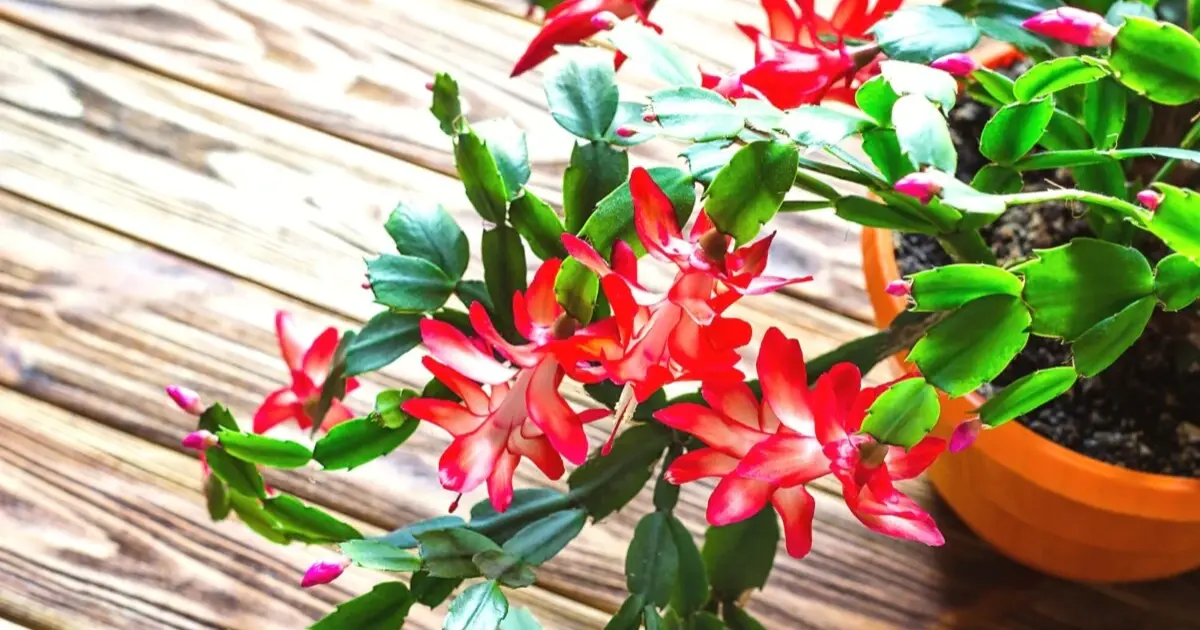
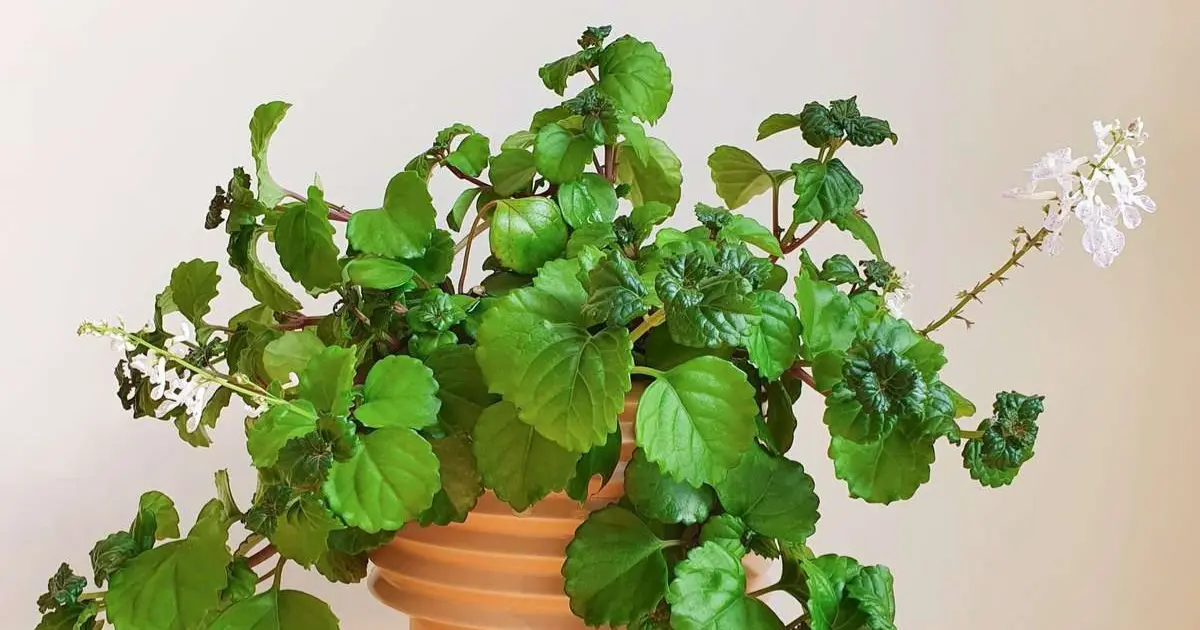
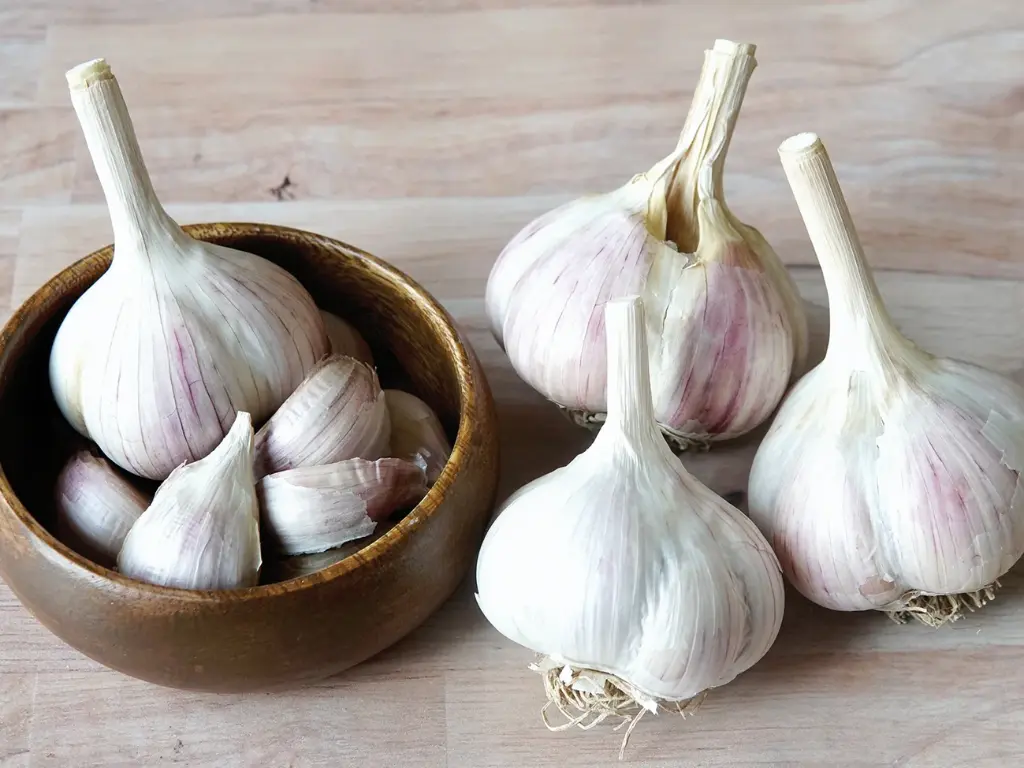
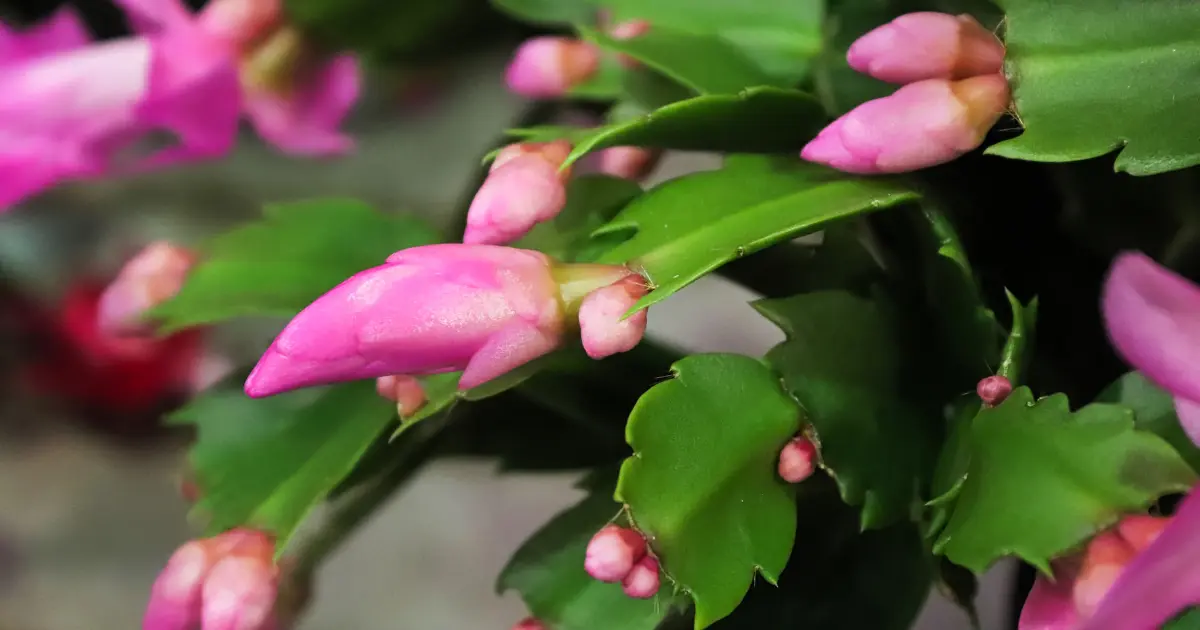

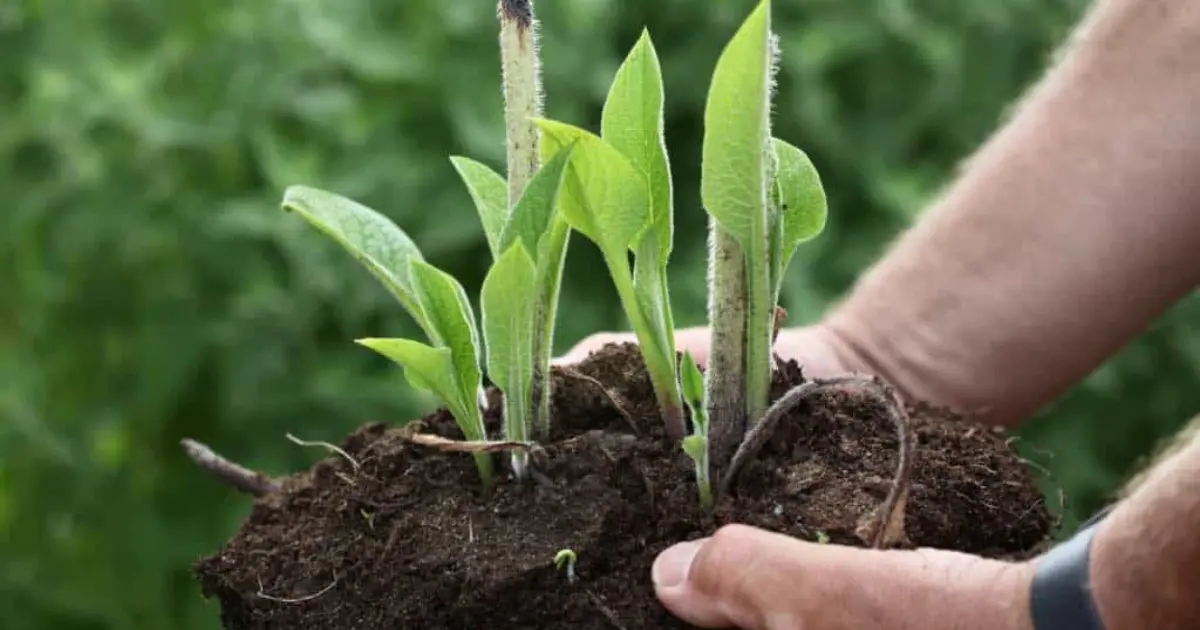
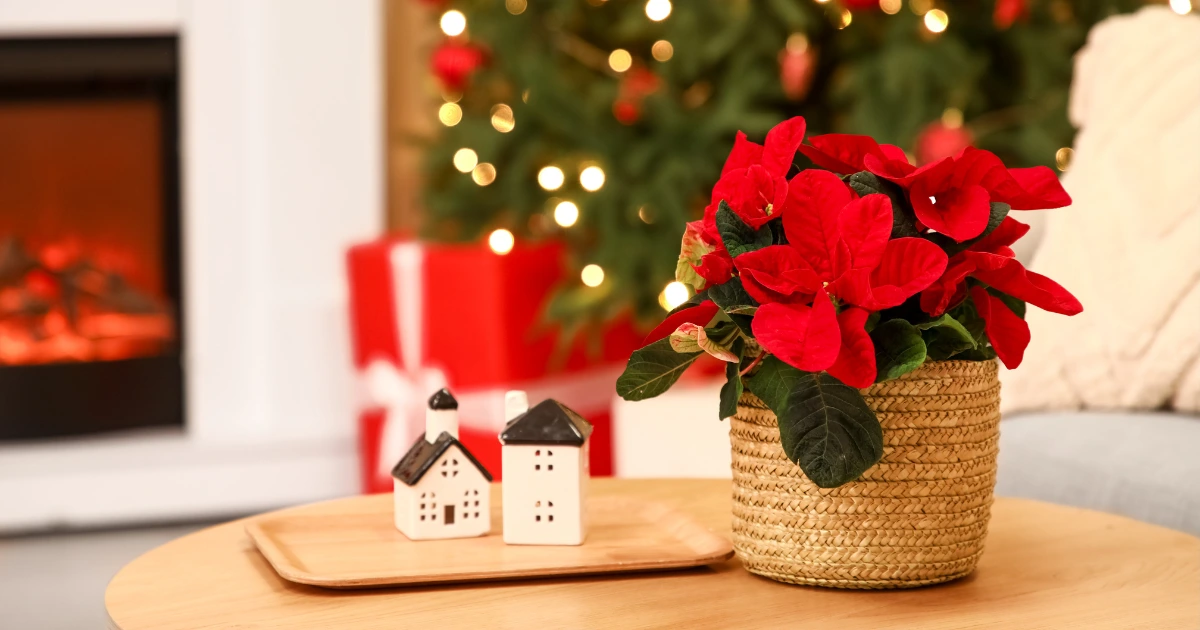
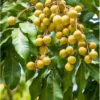
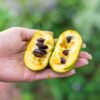
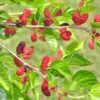
Reviews
There are no reviews yet.